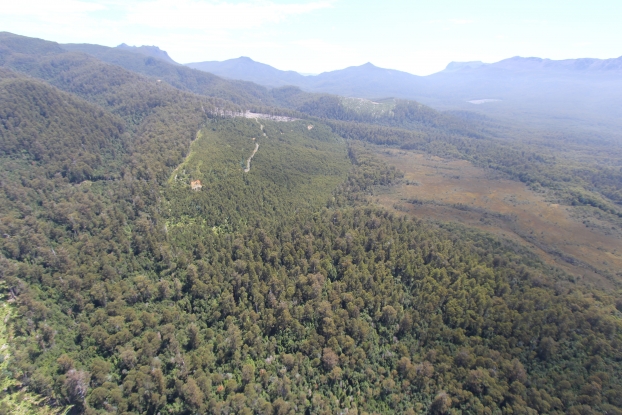
An economic analysis by The Australia Institute claims that native forest logging in NSW lost $78 million over the last seven years, but could be making a $40 million profit if left standing and allowed access to the Federal Government’s Emissions Reduction Fund (ERF). Source: ABC News
The Australia Institute conducts research on a broad range of economic, social and environmental issues in order to inform public debate.
The Nature Conservation Council (NCC) and the National Parks Association of NSW, which jointly commissioned the report, has called upon the NSW government to cease “loss-making native forest logging” and to support a transition of wood supply from native forests to plantations.
The CEO of NCC Kate Smolski said there was little prospect that Forestry Corporation could turn around sustained losses of their native forest harvesting operations.
She said that the NSW government was “propping up” Forestry Corporation’s native forest logging operations by providing $136m of Community Service Obligation funds over the last ten years, but it was still running at a loss.
Rod Campbell, research director at The Australia Institute, said: “Native forest logging is running at a fairly serious economic loss and it’s being cross-subsidised by softwood and plantation forestry”.
However, Forestry Corporation general manager of hardwood forests Dean Anderson said the loss-making years were behind them.
Mr Anderson said after a range of reforms the division came within $600,000 of breaking even in the last financial year.
“We had a very hard look at our business and reduced our staffing by a third, and managed to take some other costs out,” he said.
Mr Anderson said the Community Service Obligation paid to Forestry Corporation for costs incurred in maintaining forests that are not available for harvesting had not had any CPI adjustment for more than 15 years.
“So there was an increase in that funding as well,” Mr Anderson said. “So the with the combination of all those we managed to turn the business around by $14 million to $15 million.”
Mr Campbell however, rejected the possibility of the Corporation’s native forest harvesting business becoming profitable.
“Talk is cheap,” he said.
He said market demand for native forest pulpwood was down “and competition is up, largely from hardwood plantations”.
The Eden woodchip mill, which has been a focus of opposition to native forest logging for decades, was recently sold to new operators who say they are planning to source their pulpwood supply from plantations rather than native forest “in the medium to long term”.
However, a spokesperson for Forestry Corporation said there were not currently enough hardwood timber plantations in NSW to meet demand and many were not yet mature enough to harvest.
The report’s authors calculated that the state’s native forests currently available for logging would be worth $40 million per year from the ERF if they were left standing.
The ERF currently limits carbon credits to cessation of native forest logging only where the purpose is “converting the native forest to cropland or grassland”.
“The barriers to public native forests being included in the ERF are political — they are not technical or financial in nature,” Ms Smolski said.
Mr Campbell said the NSW Government should be negotiating with the Federal Government to work out how the state could access the Emissions Reduction Fund “to reflect the potential carbon storage of the forests that wouldn’t be logged”.
“We’ve calculated fairly conservatively that around $40 million per year could be derived from the ERF and that could go towards proper conservation to improve biodiversity and other management of the forest,” he said.





